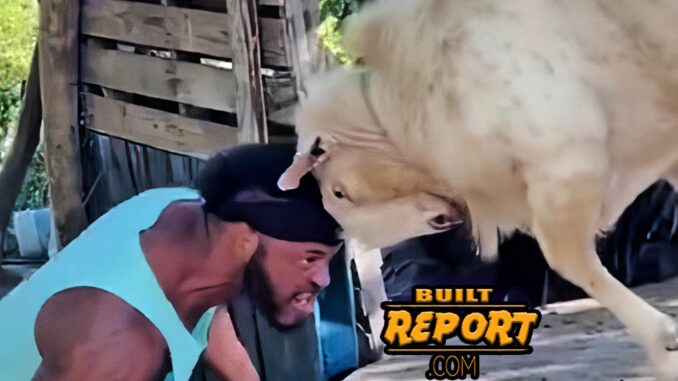
Does the video below demonstrate a test of skull strength, neck strength, leg strength, all three, or something else? It’s more of a pushing contest than actual head butting. Even with head to head pushing, one wonders how what’s housed within a human skull, aka a brain, fares long term after enduring the intense pressure of a goat’s skull, which is “designed to absorb a force 60 times more powerful than a human skull”. Not only that, goats can run up to 50 miles per hour in short bursts. If this goat was giving its all, the man was holding back an up to 50 mph goat. Conversely, say the man could run 20 miles and hour at maximum speed, the goat still has more potential energy speed-wise to displace the man. The goat also has an additional set of legs for traction, double the man. We don’t know the weight of that particular goat but they can weigh up to 310 pounds, while the man probably weighs roughly 200 lbs. All things considered, the man held his own against the goat but, given that the goat is built for such an activity, there are likely more risks for a human, than for a goat, engaging in this effort.
Man vs Goat Pushing Contest
The video raises a fascinating spectacle of a man engaging in a head-pushing contest with a goat. While the primary goal seems to be pushing rather than actual headbutting, it invites some intriguing questions about the physical attributes and potential risks involved in such an unusual competition.
Testing Skull Strength:
One aspect of this head-pushing contest is its apparent test of skull strength. When two individuals, whether human or animal, engage in this activity, they are effectively using their skulls to apply force to one another. The video suggests that it may be more of a pushing contest than a headbutting one, indicating that the skull’s strength is crucial to withstand and deliver these forces.
Neck and Leg Strength:
Apart from skull strength, this contest likely assesses the participants’ neck and leg strength. Both the man and the goat need robust neck muscles to withstand the opposing force. The neck acts as a bridge between the powerful leg muscles and the skull, transmitting and absorbing the pressure generated during the contest. Additionally, leg strength plays a significant role as it determines the participants’ ability to maintain balance and leverage against their opponent.
Man vs. Goat:
The comparison between the man and the goat adds an interesting dimension to the contest. The human brain is protected by the skull, which is strong but has its limitations. The video raises questions about the potential long-term effects on the human brain when subjected to the intense pressure of a goat’s skull, known for its ability to absorb forces far more powerful than a human skull.
The difference in potential energy speed-wise between the two participants is also notable. Goats, capable of running up to 50 miles per hour in short bursts, exhibit impressive speed and power. In contrast, humans are generally slower runners, and their capacity to displace a powerful, fast-moving goat is limited.
The Presence of Risks:
The video also alludes to potential risks for humans engaging in such activities. While the man held his own against the goat, the competition’s nature, involving powerful animals and intense physical forces, suggests that humans might be at greater risk. Goats are naturally built for such activities, with strong skulls and bodies designed for pushing and headbutting contests.
In conclusion, the video captures a peculiar contest that raises questions about skull, neck, and leg strength, as well as the potential risks involved. It highlights the contrasting physical attributes and capabilities of humans and animals, shedding light on the unique dynamics of this particular interaction. Whether it is a test of strength, a display of courage, or a playful competition, it certainly provides a thought-provoking spectacle.
Male vs Female Skulls
An interesting fact about the human skull is that female skulls are actually thicker on average than male skulls. Male skulls, however, are bigger.
The average thickness of a male skull was 0.25 inches (6.5 millimeters), while the average thickness of a female skull was 0.28 inches (7.1 millimeters).
Women had smaller skulls than men on average though, with an average front to back measurement of 6.7 inches (171 millimeters) and width of 5.5 inches (140 millimeters). men’s skulls averaged 6.9 inches (176 millimeters) by 5.7 inches (145 millimeters).
Livescience.com
Why it’s not a good idea to go head to head with a goat:
The ability to headbutt is built into a goat’s DNA, and the animal’s skull is designed to absorb a force 60 times more powerful than a human skull.
Petkeen.com
Man vs Goat Headbutting Commercial
Below is John Ferraro aka The Hammerhead.
John shocks scientists and amazes audiences with his ability to withstand incredible amounts of force to his head, with apparently no negative side effects. The average human skull is 7 mm thick, but an MRI scan revealed that John’s is 16 mm! This biological advantage allows him to achieve feats like repeatedly head-butting nails into wooden planks encased in metal, with nothing but a thin piece of cloth between his forehead and the nail head.
Ripley’s.com

In the dinosaur world, Pachycephalosaurus are known for their up to 10 inch thick(25 cm) skull but their ramming abilities are debated.
Given that cows (generally speaking) utilize a similar headbutting style and actually can weigh in far heavier than even the largest Pachycephalosaurus, I think it’s safe to say that a huge Boer or Pakistani goat could OHKO a Pachycephalosaurus with relative ease.
Pachycephalosaurus’ headbutting style relied more on brute force applied to a vulnerable spot on a competitor – its flanks. A goats’ headbutting style relies solely on head-to-head skull bashing. Hence the goat is (probably) more suited to full-on head collisions than a Pachycephalosaurus.
Plus, goats have horns. Even the shortest goat horns are punishing weapons capable of inflicting grievous injuries.
In drawn-out combat? I think the Pachycephalosaurus would win – that flankbutting arsenal is brutal, and even the biggest and toughest goat would crumble under that kind of repeated assault.
But in just a single, head-on-head headbutt? The goats’ got this one.
Quora
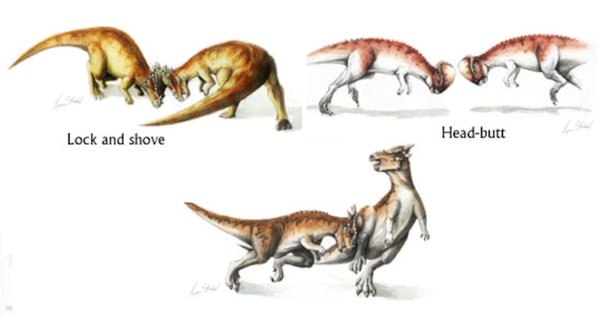
Pachycephalosaurus skull:
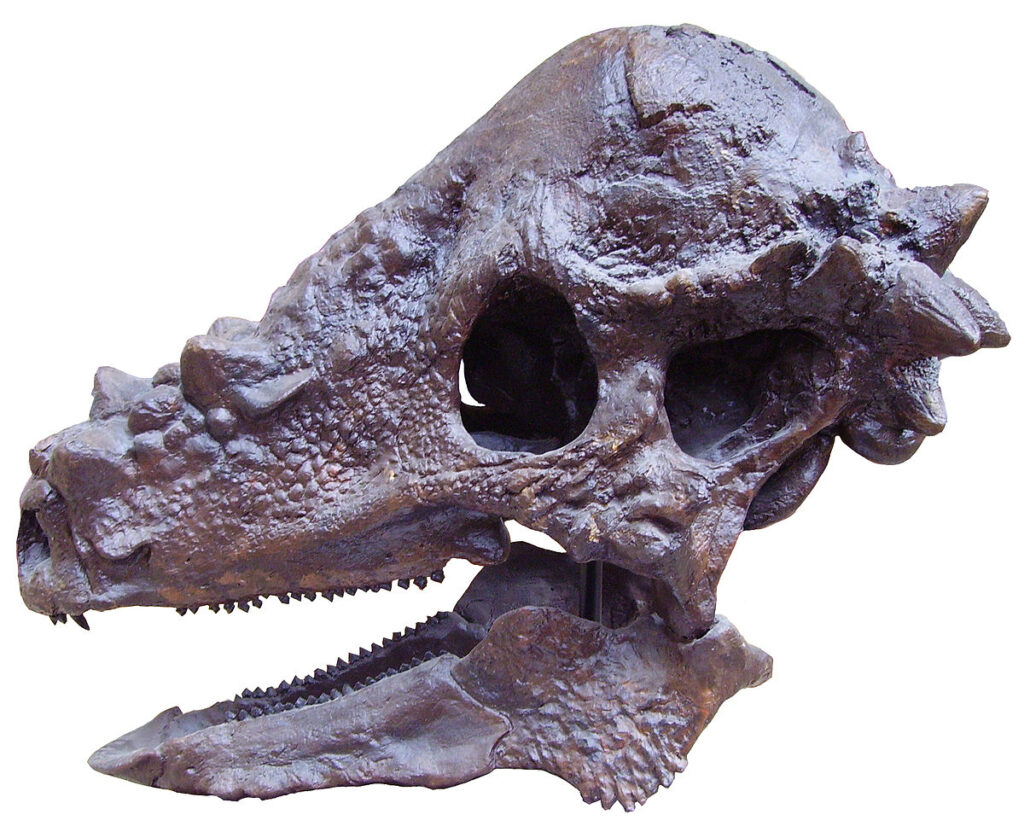
While some speculate that a goat may win in a head-on-head headbutt against a Pachycephalosaurus, there is little debate as to how a goat would fare against a Tyrannosaurus:
Which finally leaves us with all the carnivorous dinosaurs in Jurassic World Evolution 2 eating goats:
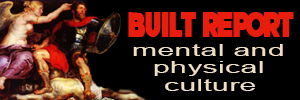
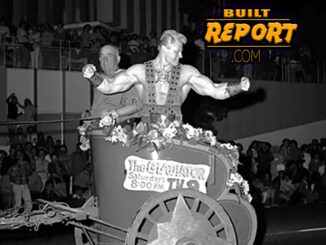
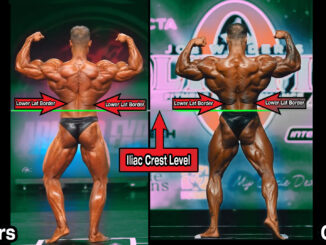
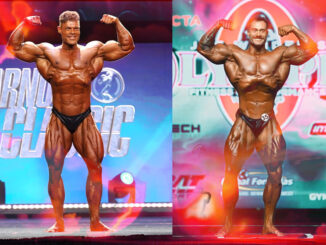
Be the first to comment